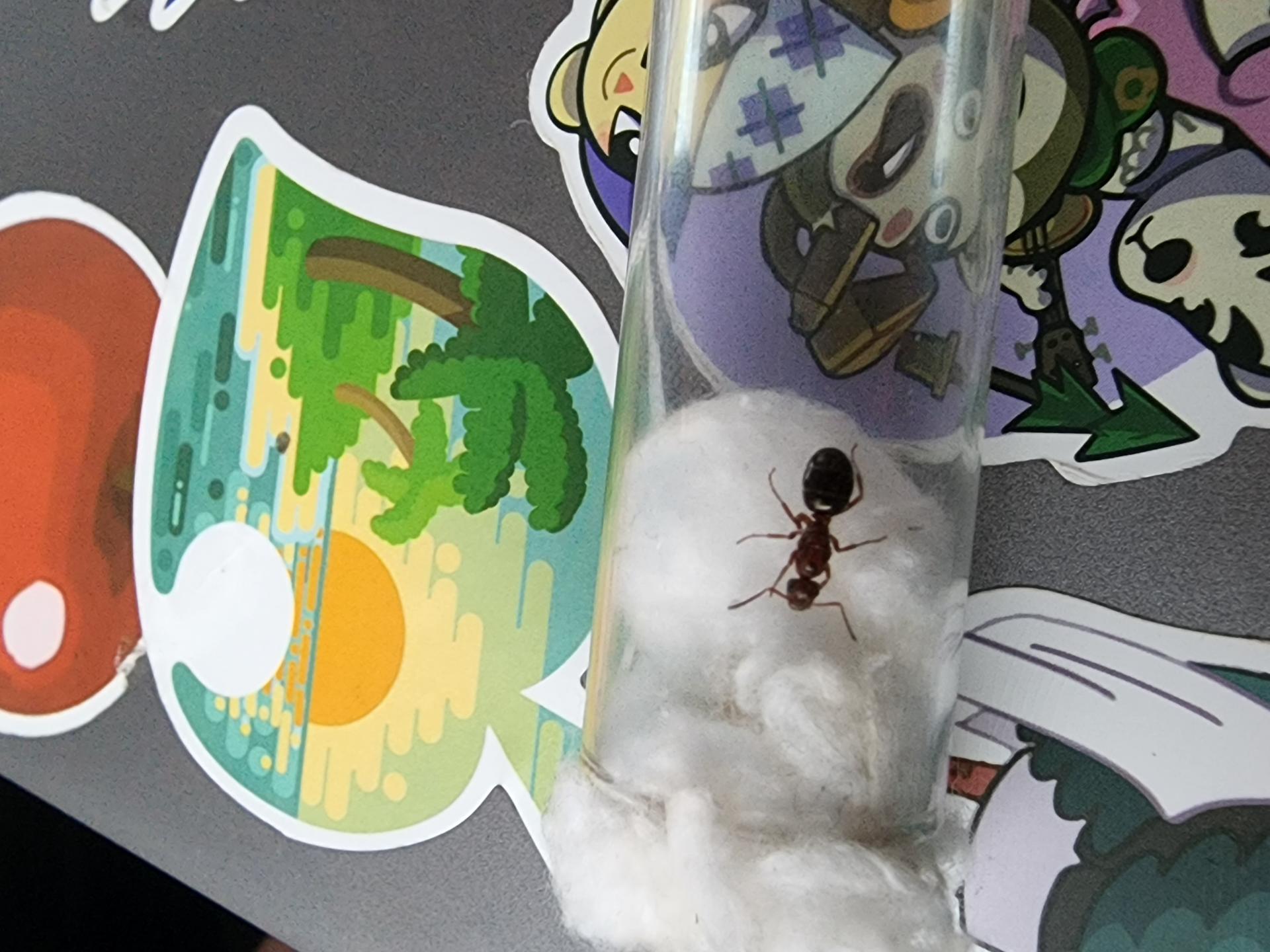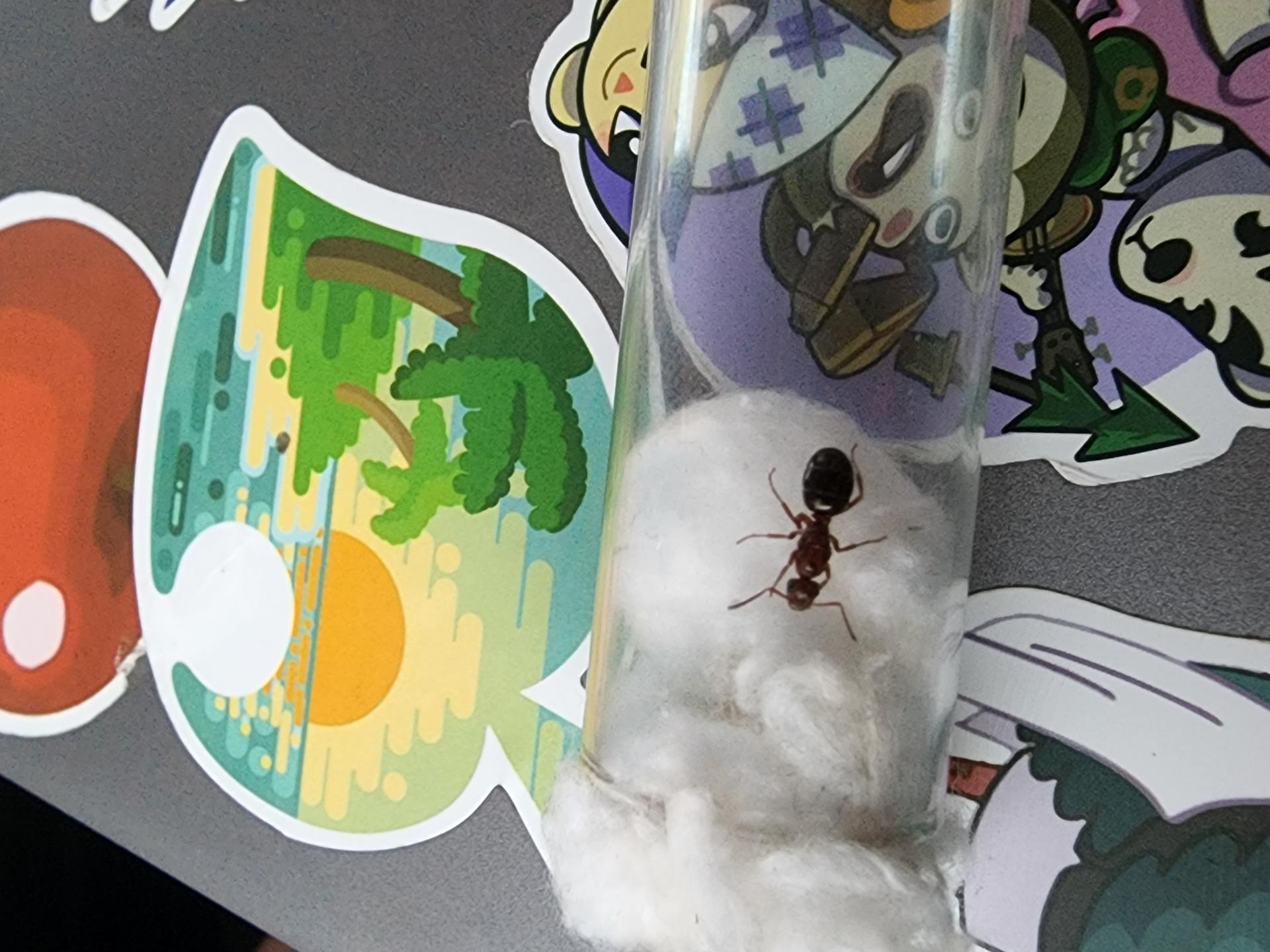OK, so I was coming back from going to ny because mom forgot something, and I found this Queen. It looks Identical to Formica incerta, but to my understanding it is not found on either Cali
or Nevada.... Did I make a novel discovery?
Also do you guys think I can use other Formica sp. brood? Since I believe that they are parasitic.
SO, if this is incerta put it on I naturalist?



















